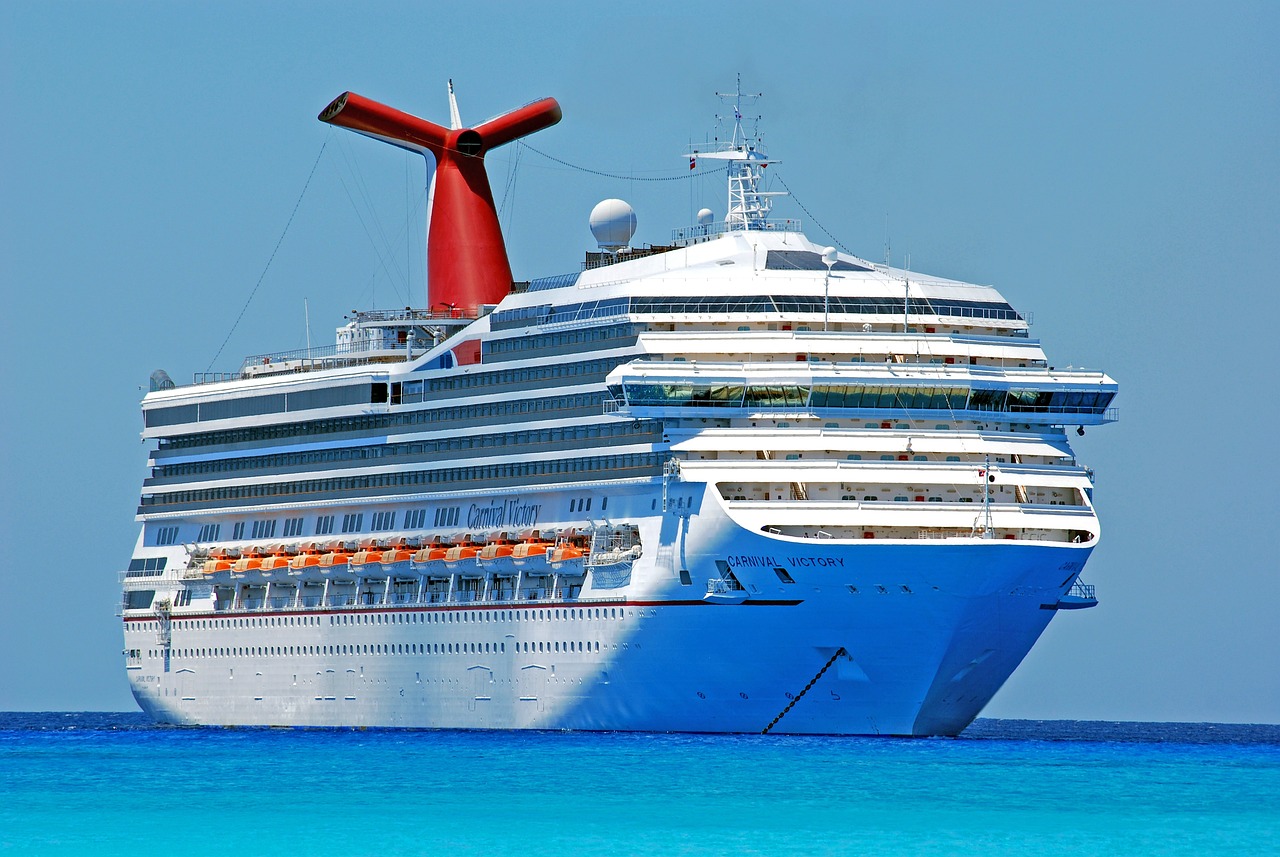
Cruising is a wonderful way to explore incredible destinations while also enjoying luxury accommodations and onboard entertainment. However, before you step foot on the cruise ship, it is smart to understand the documentation requirements to ensure a smooth and stress-free experience. So, do you need a passport to go on a cruise? Let’s dive into the details.

Do you need a passport to go on a cruise?
Can I go on a cruise without a passport? Whether or not you need a passport to get on a cruise ship depends on several factors, such as your nationality, the cruise itinerary, and the ports you will be visiting. As a general rule of thumb, if your journey starts and ends at the same U.S. port, you will likely be fine without a passport. This is called a closed-loop cruise, and it allows you to visit several international destinations without ever needing to present your passport.
On the other hand, an open-loop cruise begins in one U.S. port and ends in a different U.S. port. These cruises often require passengers to present a passport before the cruise starts and again after it ends.
Where can I cruise without a passport?
As long as you are embarking on a closed-loop cruise that starts and ends in the United States, there are several places you can visit without a passport. These locations include:
- The Bahamas
- Mexico
- Alaska
- Hawaii
- Bermuda
- Canada
- Caribbean
While most closed-loop cruises do not require a passport, there are a few exceptions. If you are heading on a closed-loop cruise to any of the following destinations, you will need a passport to disembark the cruise ship and enter the country.
- Barbados
- Guadeloupe
- Haiti
- St. Barts
- Martinique
- Trinidad and Tobago
If your cruise itinerary involves any of the above destinations, you will be asked to show your passport before leaving the United States.
What documentation is needed for a cruise?
Suppose you are traveling to a destination where a passport is not required. In that case, you will still be asked to present documents that confirm your identity and citizenship when leaving and entering the United States. If you are a United States citizen over the age of 16, you will need to show a government-issued ID, such as your driver’s license. Additionally, you will need to provide a document that proves your U.S. citizenship. Examples of these documents include:
- Passport
- State-issued enhanced driver’s license
- Government-issued birth certificate
- Consular Report of Birth Abroad
- Certificate of Naturalization
U.S. citizens under the age of 16 are only required to present proof of citizenship.

The bottom line
Going on a cruise is possible without a passport, but it is important to check the specific documentation requirements with your cruise line as well as the countries you will be visiting on your journey. Also, while carrying a passport isn’t always necessary, it can offer several benefits, including smoother entry processes, flexibility in case of an emergency, and peace of mind during your travels.



